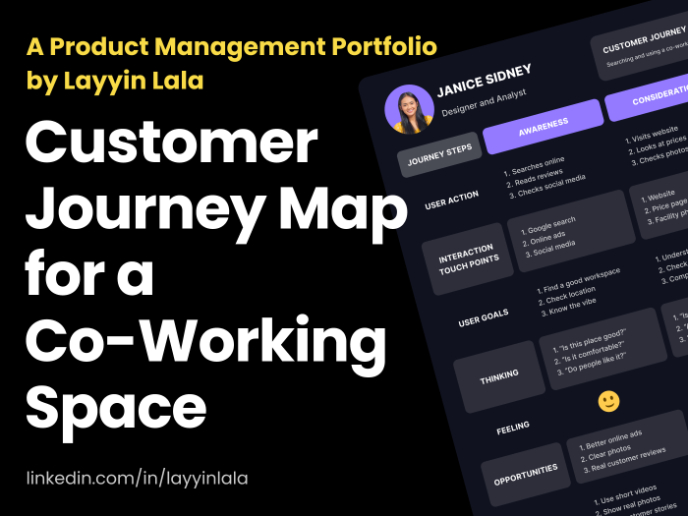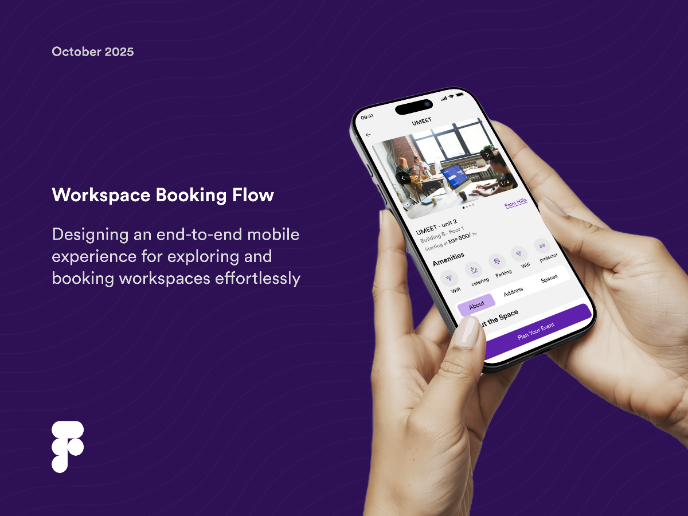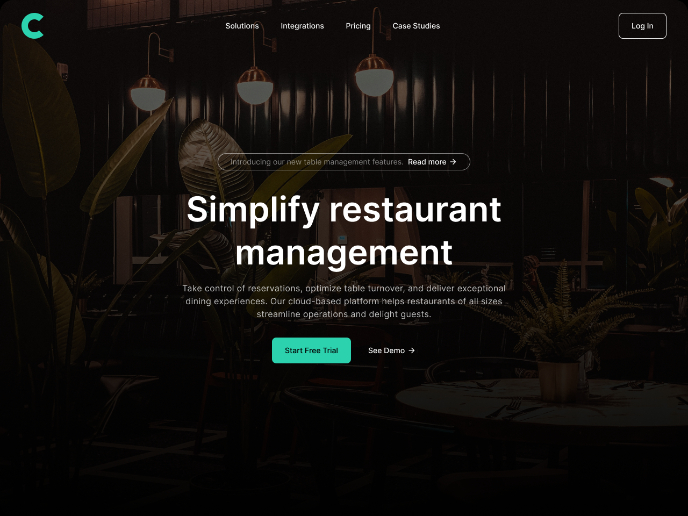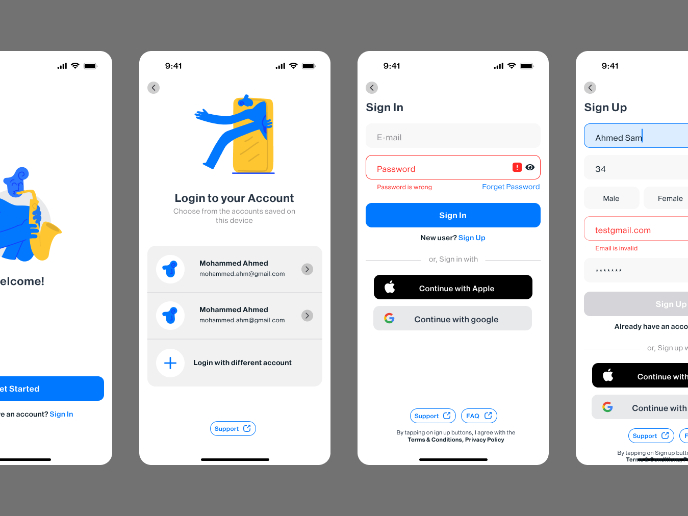Travel Platform — Booking.com (Mobile Website)
1. Platform & Device Type
Platform Chosen: Booking.com (https://www.booking.com/)
Device Type: Mobile Website (Smartphones, as they are the most used for on-the-go travel planning)
2. Goals of the Content Audit
- • Increase user engagement and conversion rates (i.e., completed bookings)
- • Improve clarity, consistency, and user trust through well-crafted content
- • Enhance the alignment of content with Booking.com's brand voice: accessible, supportive, and reliable
- • Identify areas where content confuses, misleads, or adds friction to the user journey
5. Summary of Recommendations
- • Keep: Effective CTAs, clear tags like "Breakfast included", filter labels.
- • Update: Most content is helpful but needs tone softening, better formatting, or more contextual clarity.
- • Remove: None identified in selected sections; most content has purpose but requires refinement.
Reviews
1 review
You’ve done a solid job laying out your audit — it’s structured, easy to follow, and I like that you’ve connected it to business goals like engagement and conversion.
The use of tables for different sections also makes it very digestible.
That said, here are some ways to take your work to the next level:
- Make it more concrete.
Right now, many recommendations are general (“soften tone,” “improve formatting”).
Try to include before/after examples of content so stakeholders can immediately see the difference and impact.
- Prioritize by impact
Not all issues carry the same weight. Highlight which are high-impact (e.g., unclear pricing breakdown) versus nice-to-have (e.g., softer tone in room labels). This shows you understand strategy, not just design details.
- Broaden the scope
Your analysis focuses strongly on content, which is great — but since you call it a “UX audit,” add a few points on navigation, information hierarchy, and accessibility. That will round out your audit and give it more credibility.
- Refine your recommendations
Instead of just “keep / update / remove,” consider categorizing into:
- Quick wins (easy fixes that improve clarity fast)
- Strategic fixes (bigger changes that need more thought)
- Experiments (things worth testing, like CTA wording)
- Tie issues back to user scenarios
Whenever you note a problem, link it to the user journey: “Lack of fee transparency → users feel misled → drop-off risk at checkout.” This grounds your audit in real user behavior.
Finally, think about visual presentation. Annotated screenshots or side-by-side comparisons make your points instantly clear and persuasive.
Overall, your foundation is strong — now it’s about adding specificity, prioritization, and a more user-centered lens. That’s what will make your audit stand out as professional and actionable.
You might also like

Customer Journey Map for a Co-Working Space

Reimagining Asana's Color System

Latios - Free Portfolio Template for UX/UI Designers

Workspace Booking Flow - UI/UX Design

Responsive Main Screen

Login/Sign up Form
User Research Courses

Introduction to Product Management

The Product Development Lifecycle & Methodologies

















